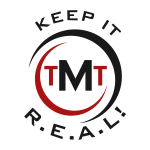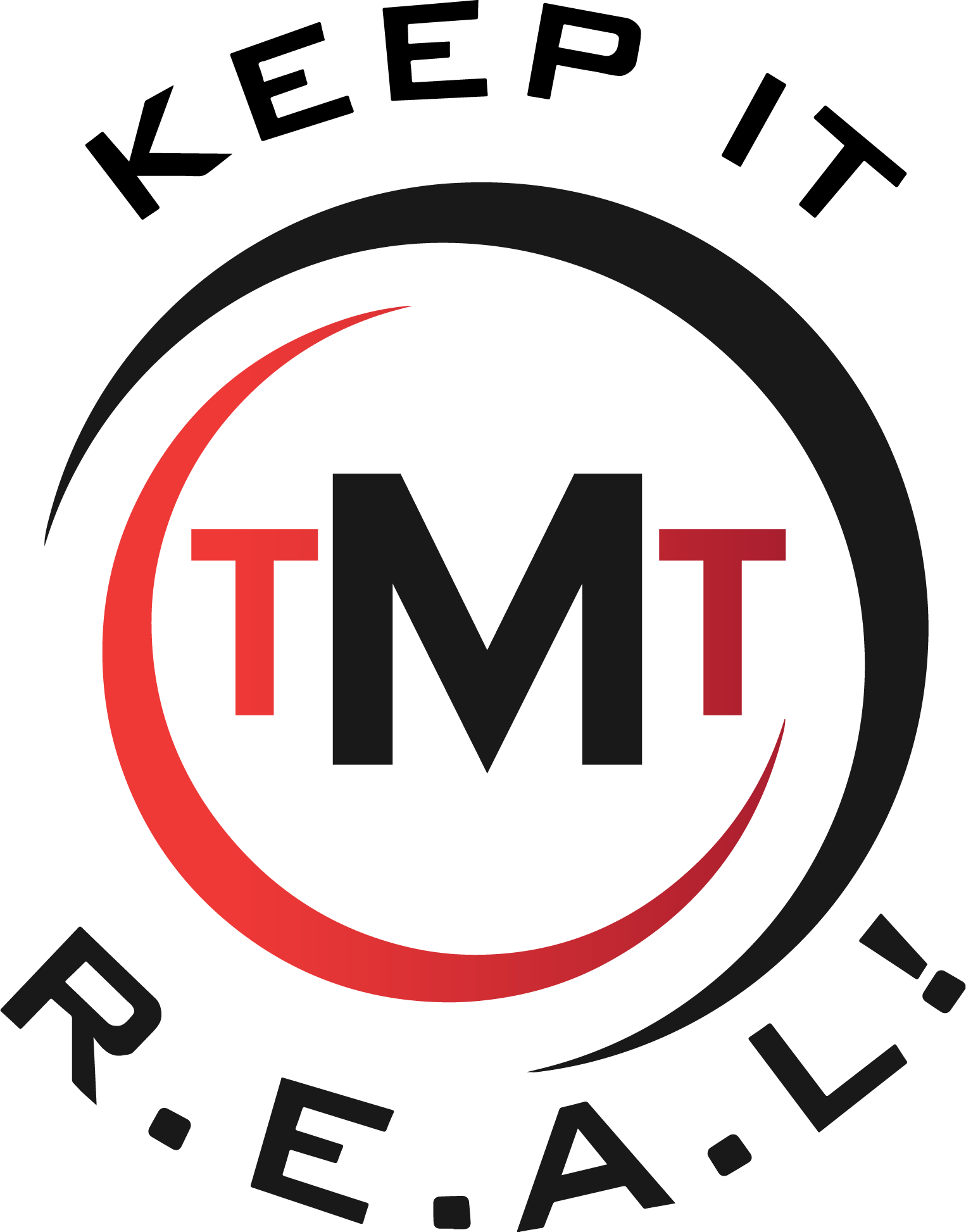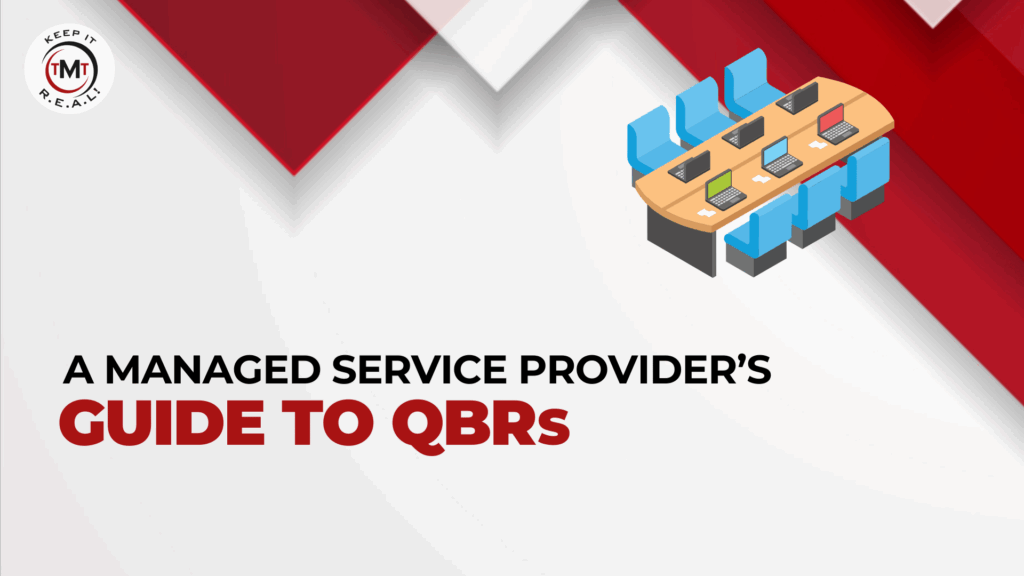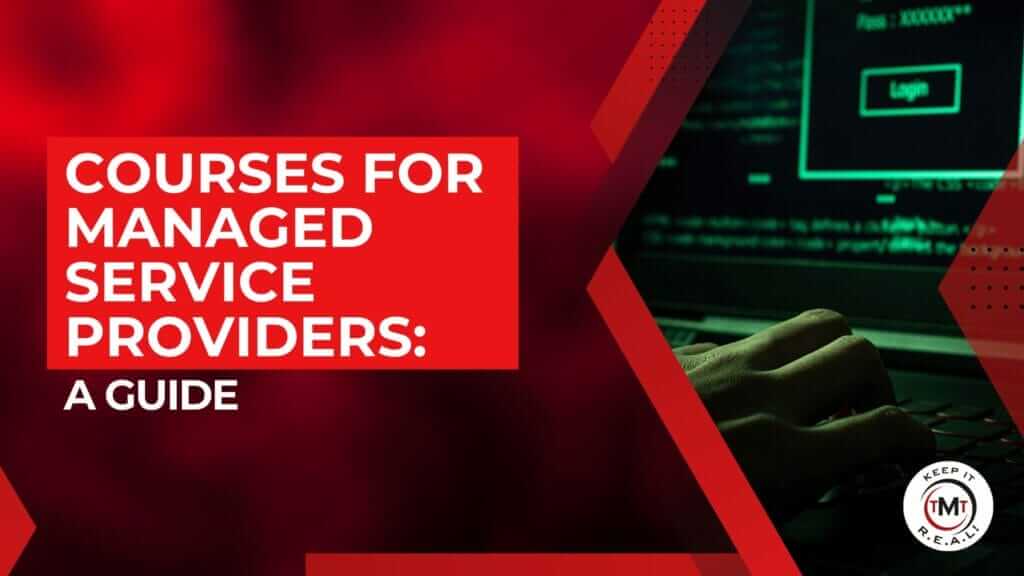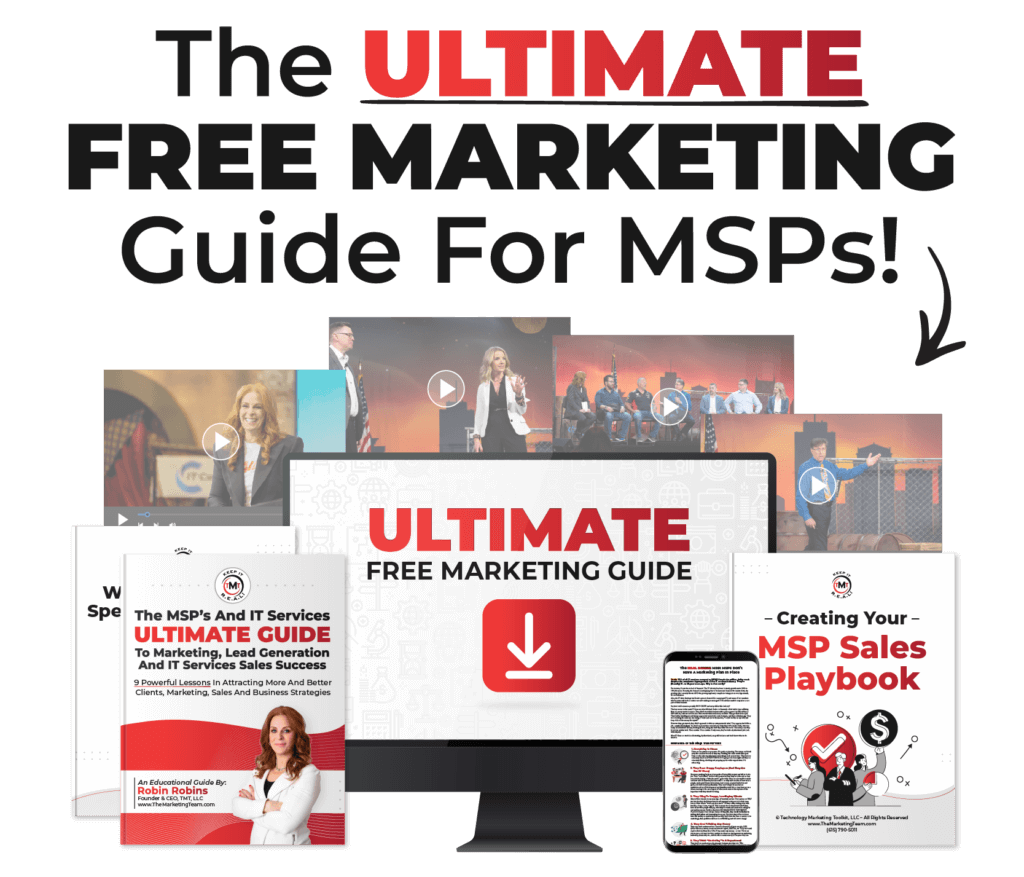Managed Service Providers (MSPs) play a pivotal role in ensuring the smooth functioning of businesses. With the increasing complexity of IT infrastructure, organizations are relying on MSPs to manage their networks, systems, and security. The onboarding process, which refers to the initial integration of a new client into the MSP’s service framework, is critical for establishing a strong foundation for the partnership. In this article, we will explore the importance of a structured onboarding process, the key elements of an effective MSP onboarding checklist, steps to implement the checklist, common challenges, and strategies to overcome them.
Understanding The Importance Of A Structured Onboarding Process
When it comes to onboarding new clients, MSPs must adopt a structured approach to ensure a seamless and successful transition. A well-planned onboarding process sets the stage for a long-lasting relationship with the client by establishing clear expectations, aligning goals, and demonstrating the value of the MSP’s services.
The Role of MSP In Business Operations
Before we discuss the details of the onboarding process, it is essential to recognize the critical role that MSPs play in supporting business operations. MSPs assist organizations by providing proactive IT support, ensuring network security, managing cloud infrastructure, and facilitating technology-driven growth. By understanding the role of an MSP, clients can appreciate the significance of a structured onboarding process in maximizing the benefits of this partnership.
Benefits Of A Well-Planned Onboarding Process
A well-executed onboarding process can yield numerous benefits for both the MSP and the client. For the client, it provides a smooth transition, minimizes disruption to operations, and increases overall satisfaction. Additionally, an efficient onboarding process can help the client understand the value of the MSP’s services, build trust, and establish clear communication channels. For the MSP, a well-planned onboarding process ensures efficient resource allocation, enables streamlined operations, and enhances client retention.
One of the key benefits of a well-planned onboarding process is the ability to identify and address potential challenges early on. By thoroughly understanding the client’s business operations, IT infrastructure, and specific needs, MSPs can anticipate any potential roadblocks and proactively develop solutions. This approach not only saves time and resources but also demonstrates the MSP’s commitment to delivering exceptional service.
In addition to addressing challenges, a comprehensive onboarding process allows the MSP to gather valuable data and insights about the client’s IT environment. By conducting thorough assessments and audits, MSPs can gain a deep understanding of the client’s current infrastructure, identify areas for improvement, and develop strategic recommendations. This data-driven approach not only helps the client optimize their IT operations but also positions the MSP as a trusted advisor, providing valuable insights and recommendations for future growth.
Key Elements Of An Effective MSP Onboarding Checklist
Now that we understand the importance of a structured onboarding process, let’s explore the key elements of an effective MSP onboarding checklist. These elements serve as a guide for MSPs to establish a strong foundation for their clients’ technology infrastructure and align their services with client requirements.
Client Information Gathering
The first step in the onboarding process is gathering essential client information. This includes understanding the client’s business objectives, organizational structure, technology requirements, and expectations from the MSP. By collecting comprehensive client information, the MSP can tailor its services to meet specific needs and develop a customized strategy.
During the client information gathering phase, the MSP may conduct interviews with key stakeholders to gain insights into the client’s business processes and workflows. This allows the MSP to identify pain points and areas where technology can be leveraged to drive efficiency and productivity. Additionally, the MSP may also review existing documentation, such as IT policies and procedures, to gain a deeper understanding of the client’s IT environment.
Infrastructure Assessment
Conducting a thorough assessment of the client’s existing IT infrastructure is crucial for identifying strengths, weaknesses, and areas for improvement. This assessment encompasses evaluating hardware and software assets, network architecture, security measures, and performance benchmarks. The findings from this assessment provide a baseline for future monitoring, optimization, and troubleshooting.
During the infrastructure assessment, the MSP may utilize various tools and technologies to gather data and analyze the client’s IT environment. This can include network monitoring software, vulnerability scanners, and performance testing tools. By conducting a comprehensive assessment, the MSP can identify potential risks and vulnerabilities, as well as opportunities for enhancing the client’s technology infrastructure.
Service Level Agreement (SLA) Discussion
Establishing a well-defined Service Level Agreement (SLA) is essential for aligning expectations between the MSP and the client. This agreement outlines the scope of services, response times, support hours, escalation procedures, and other performance indicators. By discussing the SLA during the onboarding process, both parties can ensure a mutual understanding of the services and expectations.
During the SLA discussion, the MSP and the client may engage in detailed conversations about service delivery models, such as 24/7 support, proactive monitoring, and incident response. The MSP may also provide insights into industry best practices and recommend specific service level targets based on the client’s unique requirements. By setting clear expectations through the SLA, the MSP can establish a strong foundation for a successful and collaborative partnership with the client.
Steps To Implement An MSP Onboarding Checklist
Having explored the key elements, let’s now delve into the steps involved in implementing an MSP onboarding checklist. Establishing a seamless onboarding process is crucial for ensuring a successful partnership between the MSP and the client.
Initial Client Meeting and Expectation Setting
The first step is to schedule an initial meeting with the client to introduce the MSP’s team, discuss the onboarding process, and set expectations. This meeting serves as a foundational step in building a strong working relationship. It provides an opportunity for the client to meet the key stakeholders from the MSP, understand the onboarding timeline, and align on project milestones. Clear communication during this phase is essential for fostering trust and collaboration between both parties.
Technical and Security Assessments
After the initial meeting, the MSP conducts detailed technical and security assessments to identify vulnerabilities, gaps, and areas for improvement. This phase involves a thorough review of the client’s existing IT infrastructure to pinpoint potential risks and vulnerabilities.
By performing comprehensive network assessments, security audits, and system analyses, the MSP gains valuable insights into the client’s technology landscape. These assessments lay the groundwork for developing tailored solutions that address the client’s specific needs and enhance overall security posture.
Documentation And Reporting
Accurate documentation of the client’s IT infrastructure, configurations, and policies is vital for effective onboarding and ongoing support. The MSP invests time and resources in creating detailed documentation that outlines the client’s systems, applications, and operational procedures. This documentation serves as a valuable resource for troubleshooting issues, conducting system upgrades, and training new staff members.
Additionally, regular reporting to the client ensures transparency and accountability. Through detailed reports, the client gains visibility into the performance metrics, key achievements, and areas for optimization. This proactive approach fosters a culture of continuous improvement and strengthens the partnership between the MSP and the client.
Common Challenges In MSP Onboarding And How To Overcome Them
The MSP onboarding process is not without its challenges; however, by being aware of these challenges and employing effective strategies, MSPs can overcome them and ensure a successful onboarding experience for their clients.
One common challenge that MSPs face during the onboarding process is the establishment of trust and credibility with new clients. Building trust is crucial for fostering long-term relationships and ensuring client satisfaction. MSPs can overcome this challenge by providing references from satisfied clients, showcasing industry certifications and accreditations, and demonstrating a track record of successful onboarding experiences.
Communication Barriers
Effective communication is fundamental to the onboarding process. However, communication barriers can arise due to differences in technical jargon, varying levels of understanding, or cultural factors. To overcome these barriers, MSPs can adopt clear and concise communication practices, provide regular updates, and actively engage the client in discussions.
Furthermore, establishing a communication protocol early on in the onboarding process can help set expectations and ensure that all stakeholders are on the same page. This protocol can outline preferred communication channels, frequency of updates, and escalation procedures in case of issues or delays.
Technical Hurdles
During the onboarding process, MSPs may encounter technical challenges such as system compatibility issues, software conflicts, or network complexities. To address these hurdles, MSPs can invest in robust testing environments, conduct thorough risk assessments, and involve their technical experts to devise appropriate solutions.
By creating detailed documentation of the onboarding process, including troubleshooting steps and best practices, MSPs can help streamline future onboarding efforts and empower clients to troubleshoot common issues independently. This knowledge sharing can also enhance the client’s understanding of the MSP’s services and build a sense of self-sufficiency.
Time Management Issues
Onboarding multiple clients simultaneously or working with clients who have stringent timelines can create time management challenges for MSPs. To mitigate these issues, MSPs can prioritize tasks, allocate resources efficiently, and leverage automation tools to streamline processes and ensure timely delivery.
Implementing project management methodologies such as Agile or Scrum can also help MSPs effectively manage timelines, track progress, and adapt to changing client requirements. By fostering a culture of continuous improvement and flexibility, MSPs can navigate time management challenges with agility and precision.
Conclusion
An effective onboarding checklist is crucial for organizations seeking to integrate their IT operations with an MSP. By structuring the onboarding process, understanding the client’s requirements, assessing the existing infrastructure, and strategizing the implementation, MSPs ensure a smooth transition and establish a solid foundation for their clients’ technology needs. Overcoming common challenges through effective communication, technical expertise, and efficient time management further enhances the success of the onboarding process. By following these guidelines, MSPs can foster strong and enduring partnerships with their new clients.
Understanding the nuances of a well-structured onboarding process is just the beginning for MSPs. To truly expand your client base, mastering the art of marketing these services is essential. Technology Marketing Toolkit specializes in enhancing marketing strategies for MSPs.

